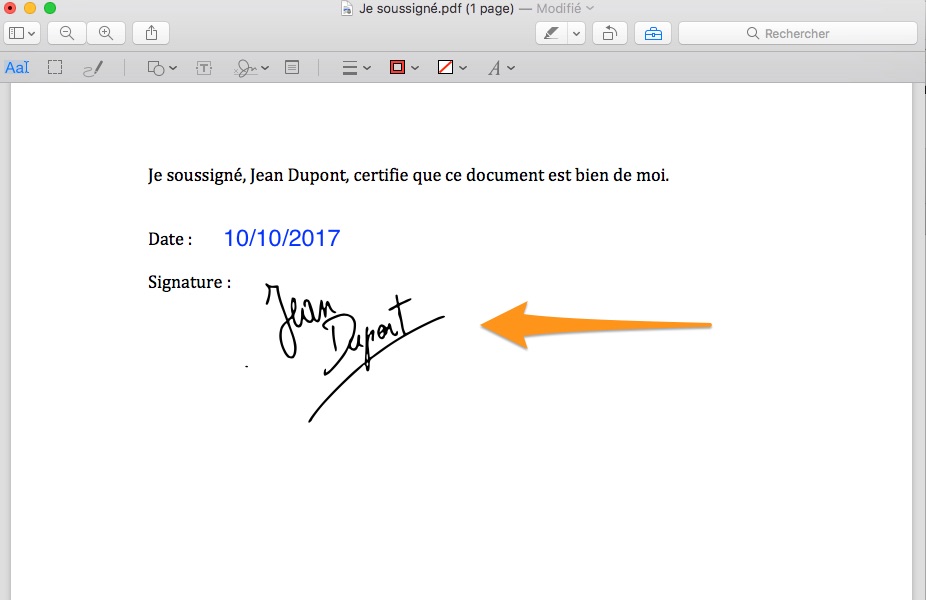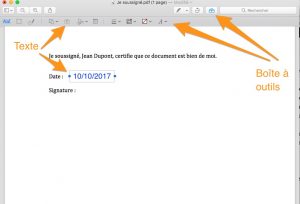 Your 6 year old Mac has become slow. The successive OS upgrades have somewhat killed the performance of your Mac. It takes several minutes to start-up, firing Photos is a nightmare and even Word requires 30+ sec to open.
Your 6 year old Mac has become slow. The successive OS upgrades have somewhat killed the performance of your Mac. It takes several minutes to start-up, firing Photos is a nightmare and even Word requires 30+ sec to open.
It’s time to rejuvenate your Mac thanks to a new SSD disk.
I have installed a (secondary) SSD in several Mac:
– iMac 27″ mid 2011: SSD Sata III SanDisk Ultra II 960 GB (in addition to the internal orignal HDD )
– iMac 21″ mid 2011: SSD Sata III SanDisk Ultra II 480 GB (in addition to the internal orignal HDD )
– iMac 21″ mid 2015: SSD Crucial MX300 1 TB, mounted in external USB3 disk case (I didn’t dare opening the 2015 iMac, due to the glued glass).
– Mac Mini 2012: Crucial BX200 Flash SSD Internal 2,5″ 480GB SATA III (in addition to the internal orignal HDD )
On all these Mac the new SSD is the boot disk, and everything works perfectly.
The performance gain is spectacular. The iMac 27″ (core i5) starts in 20 sec (cold boot). The iMac 21″ 2011 boots in 1 min 20 sec instead of 3 min on the original HDD. Word opens in 2sec, Photos in 5 sec.
For a very decent price (200 to 350EUR), the Mac is as fast as a brand new one. The disk swap opeartion is a bit hard and I would not recommend to do it without a level of technical background. But the result is really worth the sweat.






